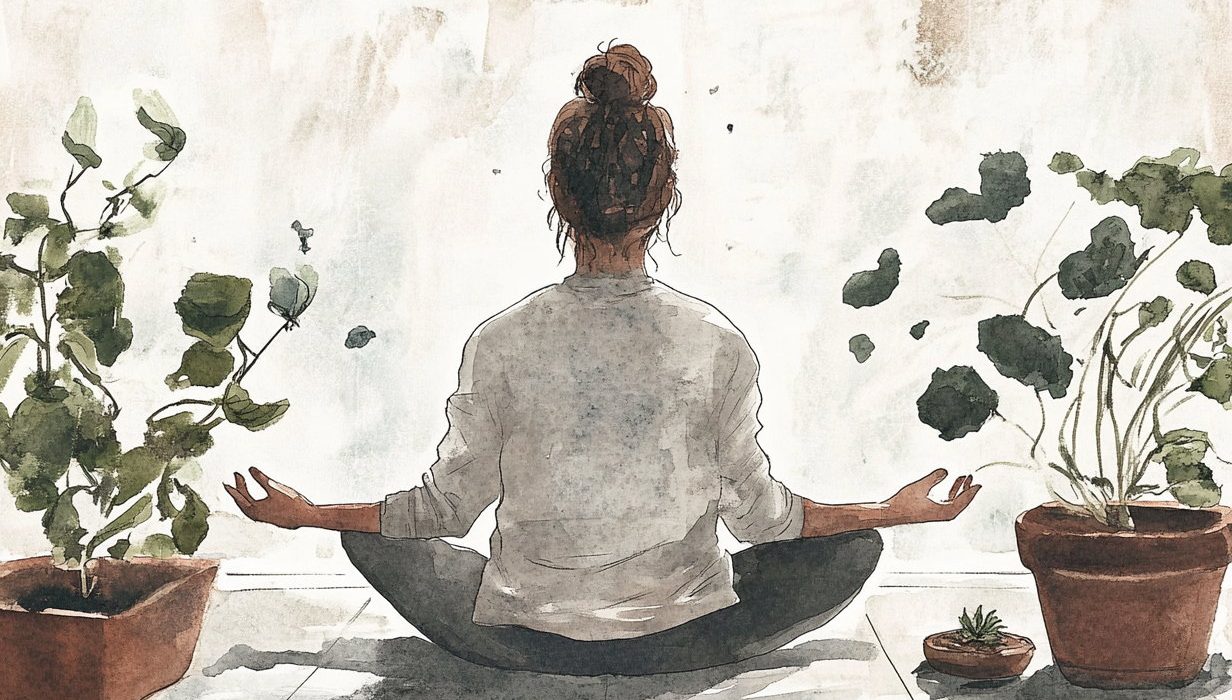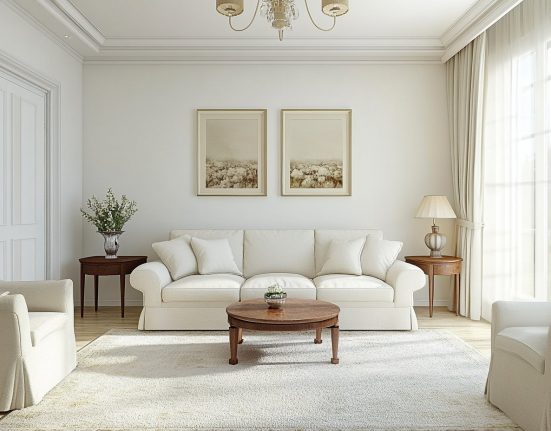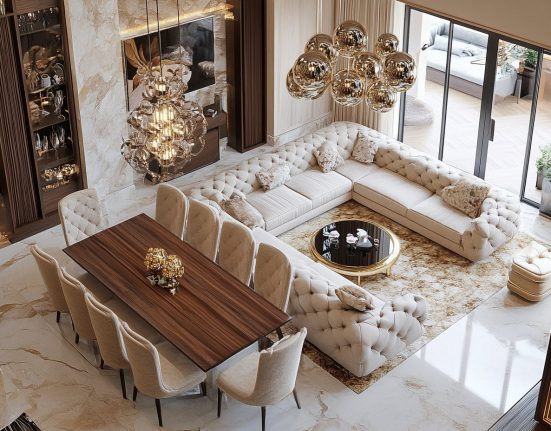The hustle and bustle of life can be overwhelming—whether it’s rushing to meet deadlines or mindlessly doomscrolling with drained energy. Yoga and meditation offer an effective way to restore balance to this hectic lifestyle, helping preserve energy and channel it productively.
But, there needs to be a dedicated space at your home for yoga and meditation. This will make you more motivated. It’s important to align your decor, lighting, colours, and furniture to design a space for yoga and meditation that instils peace, focus and relaxation.
In an interview with experts, they revealed key design elements on how to enhance a space and tailor it to a yoga and meditation theme.
Wood
There’s something earthy and grounding about wooden material- whether it is a wooden statement piece or wooden flooring.
Meera Pyarelal, Founder &Creative Director of Temple Town shared how it helps in creating a peaceful space for yoga and meditation.
- The soothing grains of reclaimed wood, the warmth of floors, and the earthy scent of sustainable wood evoke a sense of calm that no synthetic material can replicate.
- Using materials like sustainably sourced cane, reclaimed wood, and teak not only enhances the aesthetic but also reflects a commitment to an eco-conscious lifestyle.
- Wooden, minimalistic furniture is recommended, channelling the mantra of ‘less is more.’
Lighting
Light has a crucial influence on mood, and in a way, yoga and meditation too are about regulating the mood. So it’s interconnected and lighting cannot be overlooked when it comes to decorating the space. Here are the tips the experts shared:
Meera Pyarelal from Temple Town shared:
- Large windows bathe the room in soft, natural light, creating a perfect environment. Natural lighting goes well with wooden furniture as well.
Addressing the benefits of natural light, Hardesh Chawla, Monica Chawla, Director and Creative Head, Essentia Home also shared:
- Soft, diffused sunlight, ideally positioned near windows or skylights, creates a gentle glow in the room. Sunlight has the inherent properties of uplifting mood and reducing stress.
Alternatively, if natural lighting is not available then, what to do?
Hardesh Chawla and Monica Chawla further shared evening lights and other lighting ideas:
- For evening practices, consider soft, warm-toned artificial lighting to maintain a peaceful setting.
- Consider lights that are soft and mimic sunlight, like barisol wellness lights that create a sense of organic brightness and airiness, even in windowless spaces. This technology is particularly valuable in areas with limited natural cut-outs or ventilation, allowing for the design of truly calming spaces regardless of architectural constraints. Wellness lights can be adjusted to simulate various natural lighting conditions.
Greenery
A yoga space is all about staying grounded and connected to nature. What better way to enhance this connection than by adding actual green plants to the room? The presence of greenery makes it a true sanctuary of tranquillity, a place to unwind and de-stress.
Ritu Gupta, Founder and Interior Architect, Nadora by Ritu Gupta shared what plants one can add to their yoga spaces:
- Indoor plants like ferns, pothos or snake plants add a calming presence while improving air quality and creating a rejuvenating environment.
- Larger potted plants or hanging greenery can define the space, creating a cocoon-like ambience for introspection.
- Vertical gardens or small planters integrated into shelves or corners can further enhance the area without overwhelming it.
- Consider plants with soft, cascading foliage or minimalist arrangements in natural pots.
Colour palette
Colour psychology states that each colour carries a specific emotion, making it essential to mindfully choose the right colour for your yoga room. The colour can significantly impact your mood, so select one that aligns with the atmosphere you want your yoga space to convey.
Rohini Bagla, Founder & Principal Designer – Studio Rohini Bagla shared these tips for selecting colours:
- Soft whites, beiges, and light greys- Channel a sense of tranquillity and openness.
- Muted greens, warm taupes, and sandy browns- Earthy hues to foster a connection to nature.
- Blush pink, powder blue, and lavender- Pastel shades promote relaxation and positivity, uplifting the space’s mood.
- Colour accents- Choose subtle accent walls or decor pieces in deeper tones like moss green, terracotta, or charcoal. These can add warmth and sophistication without overwhelming the space.
- Colours to avoid- Overly bright or stark colours. They are distracting.
- Pair with natural textures and materials, such as wood or bamboo.
Decor elements
This guide concludes with decor elements—the final touches that transform your yoga space into your own personal retreat. Thoughtfully selected decor can elevate the atmosphere, adding warmth, personality, and tranquillity.
Rashi Bothra and Ruchi Gehani, Founders and Interior Designers, Azure Interiors shared these tips for decor elements in your yoga room:
- Start with gentle, comforting materials such as plush rugs or cushions in neutral or earthy tones. These provide a tranquil base for meditation while maintaining a neat look.
- Utilize soft, natural materials like braided baskets for organizing or wooden elements to bring in warmth and a feeling of stability.
- Wall adornments featuring abstract patterns, mandalas, or nature-inspired motifs can subtly enhance the space.
- Use diffusers for aromatherapy that include calming scents like sandalwood or lavender.
- Emphasize the space with candles in warm hues or salt lamps to create a calming atmosphere.
When you practice meditation and yoga in a well-decorated and personalised space, you feel more motivated and consistent. The thoughtfully designed environment helps create a sense of calm and focus, making it easier to connect with yourself and stay present.








